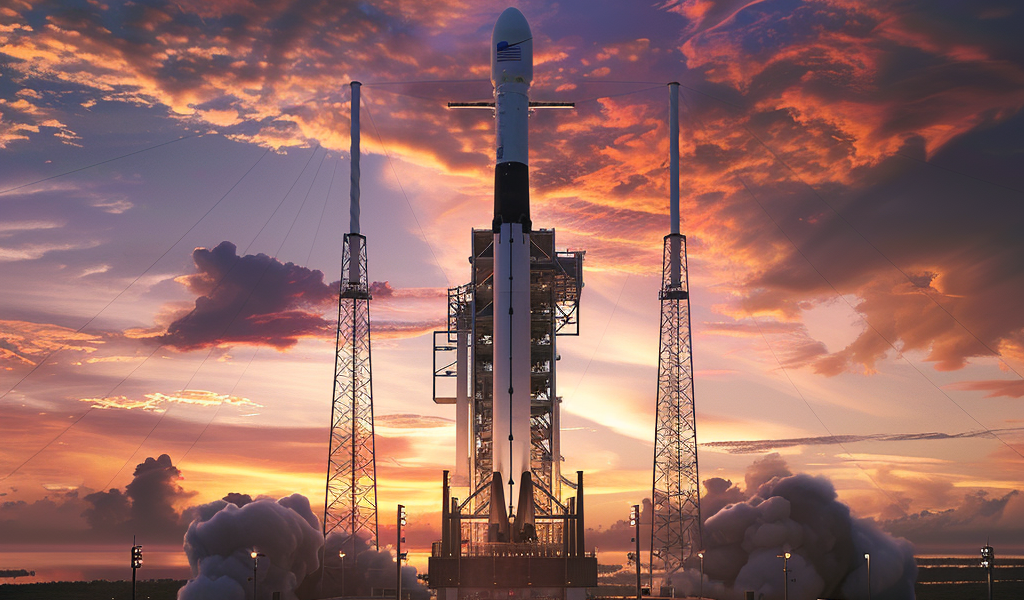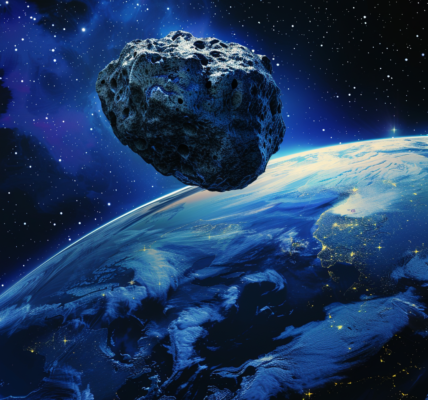A significant milestone in space exploration was achieved as SpaceX launched its latest mission, Crew-9, aimed at reuniting the long-delayed Boeing Starliner astronauts with their spacecraft. The mission took off at 1:17 PM ET on Saturday from Cape Canaveral Space Force Station in Florida, marking a crucial step in the ongoing collaboration between NASA and private spaceflight companies.
This mission is particularly noteworthy as it brings NASA astronauts Suni Williams and Butch Wilmore back to Earth after an extended stay aboard the International Space Station (ISS). The duo has been in orbit for over 100 days longer than initially planned, demonstrating the challenges and complexities involved in space missions.
The launch was initially scheduled for Thursday but was postponed due to the impending threat of Hurricane Helene, which impacted Florida and other southeastern regions of the United States. The SpaceX mission teams acted swiftly, rolling the spacecraft back into its hangar to ensure safety. Following the hurricane’s passage, preparations resumed, and the launchpad was reset, allowing for a successful liftoff on Saturday.
In a departure from typical crewed missions under NASA’s Commercial Crew Program, this mission’s outbound leg is transporting only two astronauts instead of the usual four. NASA astronaut Nick Hague and Roscosmos cosmonaut Aleksandr Gorbunov are the two crew members on board. The decision to fly with an incomplete crew was made to accommodate the return of Williams and Wilmore, who will occupy the two empty seats on the spacecraft during its return flight scheduled for 2025.
The Crew-9 mission is part of a broader initiative to enhance the capabilities of the ISS and ensure a continuous human presence in low Earth orbit. It underscores the importance of international cooperation in space exploration, as it involves both American and Russian astronauts working together on the ISS.
SpaceX has been a significant player in NASA’s Commercial Crew Program, having successfully launched eight missions prior to Crew-9. The program aims to facilitate regular transportation of astronauts to and from the ISS, reducing reliance on foreign spacecraft and enhancing the United States’ capabilities in space.
As the Crew-9 mission progresses, it will not only provide vital data for future missions but also pave the way for the eventual return of Williams and Wilmore, who have contributed significantly to research and experiments aboard the ISS during their extended stay.
The successful launch of Crew-9 is a testament to the resilience and adaptability of the teams involved in space exploration. As the mission unfolds, it will be closely monitored by space enthusiasts and experts alike, eager to witness the next chapter in human spaceflight and the ongoing advancements in technology and international collaboration.
With the Crew-9 mission underway, the space community looks forward to the continued partnership between NASA and SpaceX, as they work together to push the boundaries of human exploration beyond our planet.





